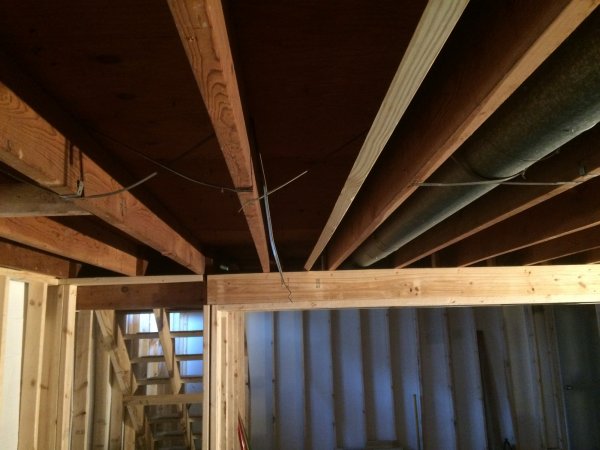


In other words, before we build our house, we first need to look at the land we're putting our structure on.ĭoes the land have a slope right were we want to put our building? When we're dealing with a missing tooth and whether to consider a bridge or an implant, we first want to take into account the current conditions and surrounding teeth. So try not to be surprised that I'm talking about fill dirt, foundations and neighborhoods as I talk about bridges versus implants. For dental bridges and implants, I often use the construction of a house as a comparison. When I explain or try to compare dental concepts with my patients, I frequently find it useful to employ analogies that are easily understood in everyday life. However as is usually the case, there is no single best "simple" choice for all patients! Like nearly everything else in life, there are pros and cons to each of these solutions and the trick is finding the best option for YOU while taking as much into consideration as possible. While a bridge will affect adjacent teeth, dental implants do not and with improved technology the affordability of implants is better than ever. In a simple comparison, dental implants are considered the most durable, functional, and natural solution for replacing missing teeth. You can learn more about implants and what the procedure involves here. Polish each piston crown with fine-grade emery cloth.This illustration shows how a crown would be placed on an implant post to replace a single missing tooth. , use a soft scraper such as a wooden block to carefully scrape carbon deposit from its crown, leaving a small ring of carbon round the outer edge adjacent to the cylinder wall. Seals at the bottom of the cylinder liners are not broken. On engines with removable cylinders (wet-liners), hold a block of wood down firmly over the top edge of all the cylinders as the crankshaft is turned.įrom being lifted as the pistons rise up the bores, and ensures that the With a spanner or socket on the crankshaft pulley bolt to bring each piston to the top of its cylinder. Take great care not to scratch or damage the face. Use a scraper tool, such as the smooth side of a hacksaw blade, to carefully remove all traces of head gasket from the cylinder-block face. , too, should be plugged with clean cloth to prevent dirt particles falling between the pistons and cylinder walls. To prevent dirt or carbon particles entering the engine during cleaning, seal oil and water passages in the cylinder-block face with pieces of clean, lint-free cloth as necessary. Over the valve nearest the front of the head.Ĭrowns and cylinder-block face to remove any excess carbon and old head-gasket remains before replacing the cylinder head. Turn the cylinder head on its side and support it on blocks to remove the valves. Transmitter from the side of the cylinder head. Ease off the cover and lift out the thermostat.

On some engines, the inlet and exhaust manifolds are fitted and removed as one unit. Put the manifold/carburettor assembly in a clean, safe place preferably on a sheet of newspaper.įrom the side of the head and place it with the inlet manifold. Is unbolted and removed before you can gain access to the manifold nuts or bolts (See Undo the nuts or bolts securing the inlet See that there is sufficient space to store parts as they are removed, and cardboard boxes and clean newspaper available to keep them clean and safe. Assembly firmly on a suitable bench or work surface.


 0 kommentar(er)
0 kommentar(er)
